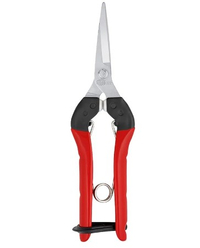7 ways to increase the yield from your tomato plants
Want more fruit from your tomato plants? Read this
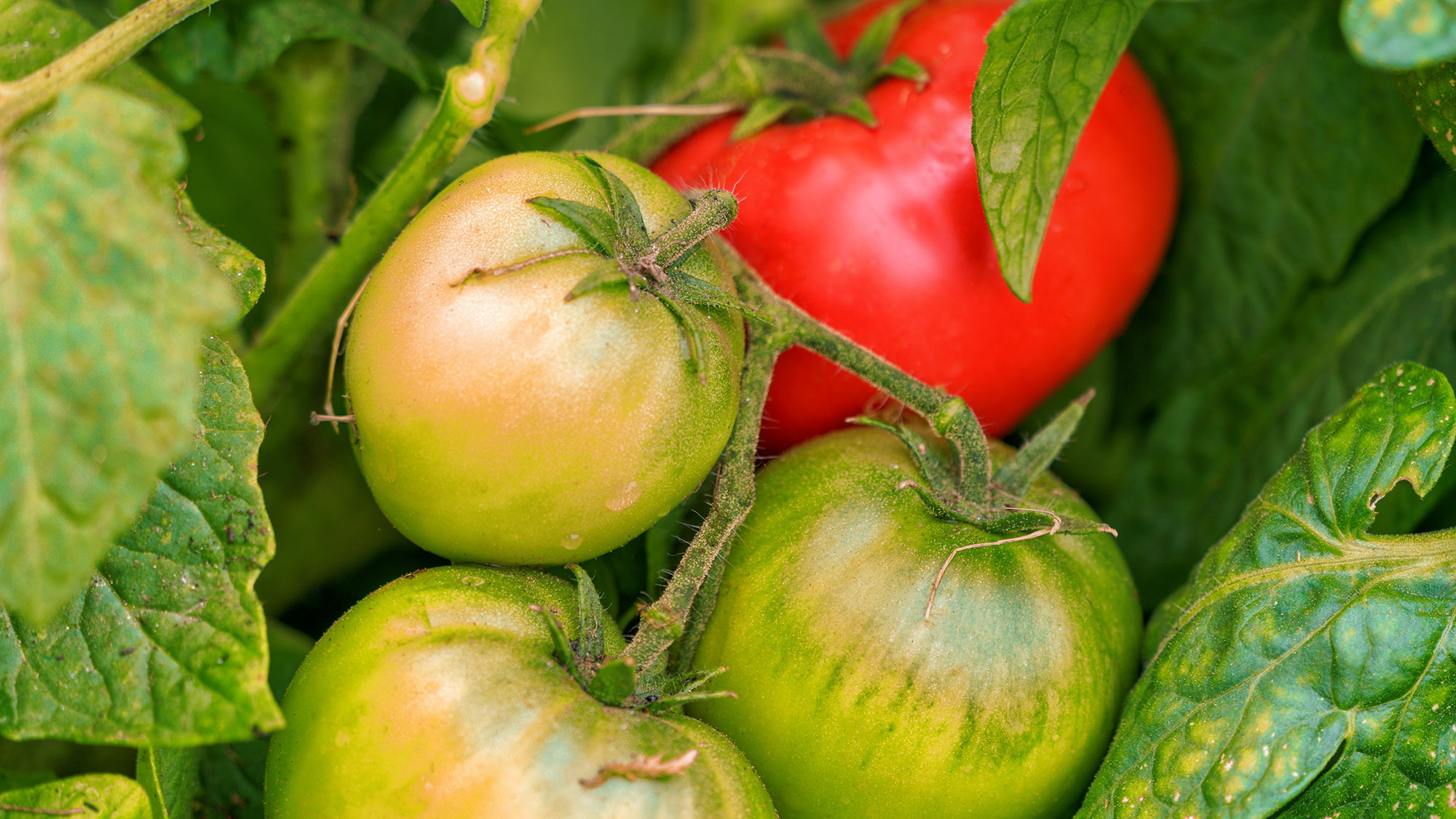
Tomatoes are a favorite summer crop and enjoyed fresh in salads or cooked into tasty dishes. Whether you buy your bounty from your local farmers market or grocery store, there’s nothing that comes close to growing your own.
Homegrown tomatoes are full of delicious flavor especially when picked straight from the vine — you can’t get fresher than that! Still, it does take more work to grow your own tomatoes than nip to your local store. To get the most out of your tomato crop and increase your yield you’ll need to ensure you’re nurturing your tomatoes to provide the best growing conditions.
Whether you’re a novice tomato grower or more seasoned, here are 7 tips to help you increase the yield from your tomato plants.
Be sure to also check out how to grow tomatoes from seeds in 5 easy steps, if you're starting from scratch. And check out these 5 tips to ripen green tomatoes and 7 top tips for growing juicy tomatoes.
1. Planting your tomato vine in the right place
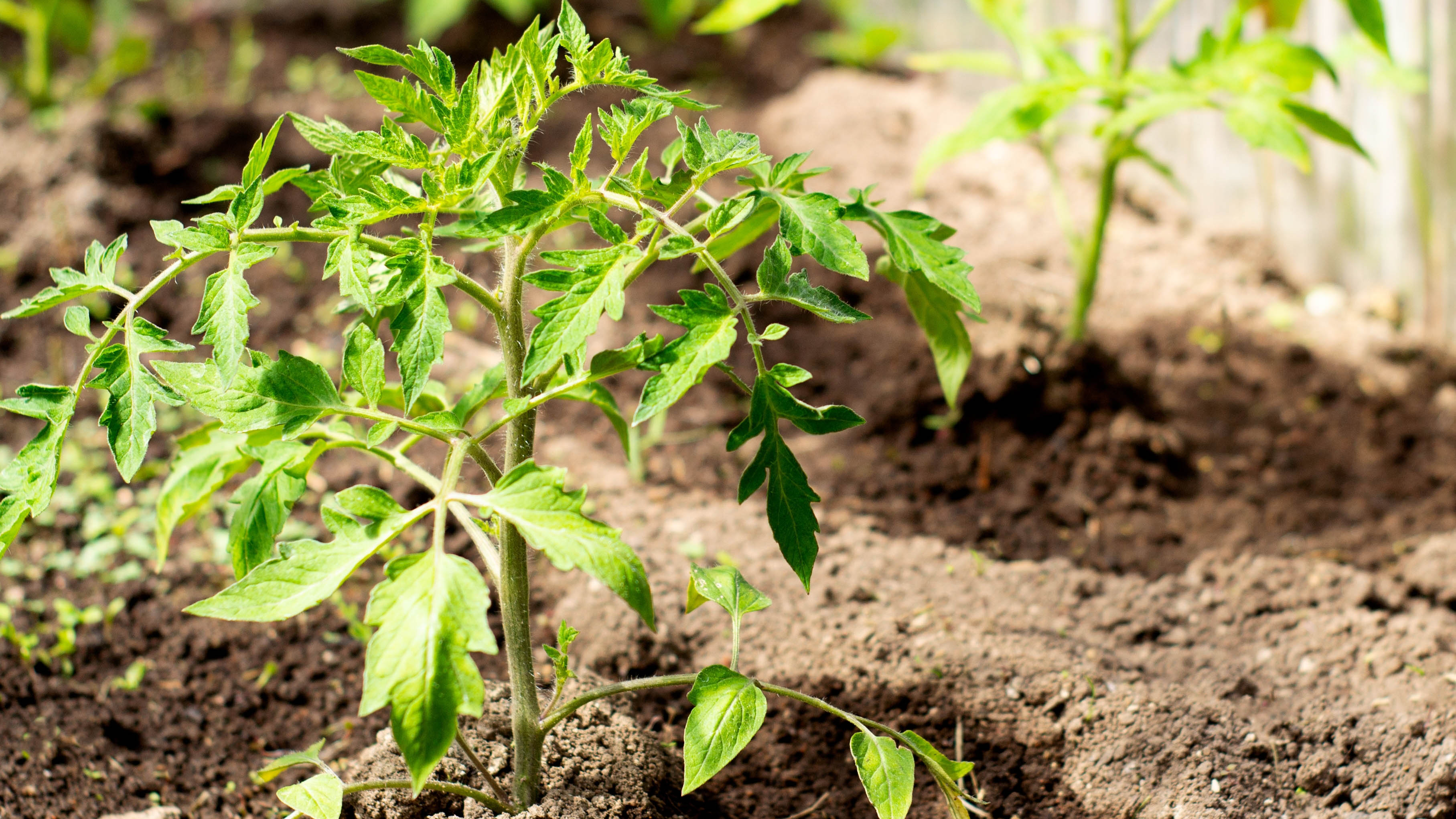
All plants require different conditions in order to thrive and tomatoes are no different. They prefer warm weather and a lot of sunshine, which is why their peak growing season is during the summer. This is also why they’re commonly grown in places like Italy, Spain, Mexico and Brazil, which have hot, sunny climates. Fortunately, tomatoes can also grow happily in many parts of the U.S., as long as they’re getting sufficient sunshine in your garden. Make sure you plant them where there is consistent sunlight throughout the day, ideally 8 hours or more.
It’s also important to consider the quality of soil, as well as spacing and depth of soil, when planting tomato seedlings. Tomato plants require well-draining soil instead of clay soil, in order to avoid root rot. They also prefer to have sufficient space in between separate seedlings, as this increases air flow around the plant and minimizes the risk of fungal infection. On that note, here's how to get rid of tomato blossom end rot for a healthy harvest.
Lastly, tomato plants love to grow their roots deep into the earth, to absorb as many nutrients from the soil as possible. It may look like the plant only has a few roots at the very end, but actually the vine will have several small fibrous hairs that grow all along the lower stem. If these are planted under the soil, they will mature into roots, so don’t waste them! Best practice is to bury the tomato plant right up to the lowest leaves, so that the greatest number of roots can grow. You may even want to pinch off some of the lowest branches to ensure a deep planting.
Sign up to get the BEST of Tom's Guide direct to your inbox.
Get instant access to breaking news, the hottest reviews, great deals and helpful tips.
2. Support
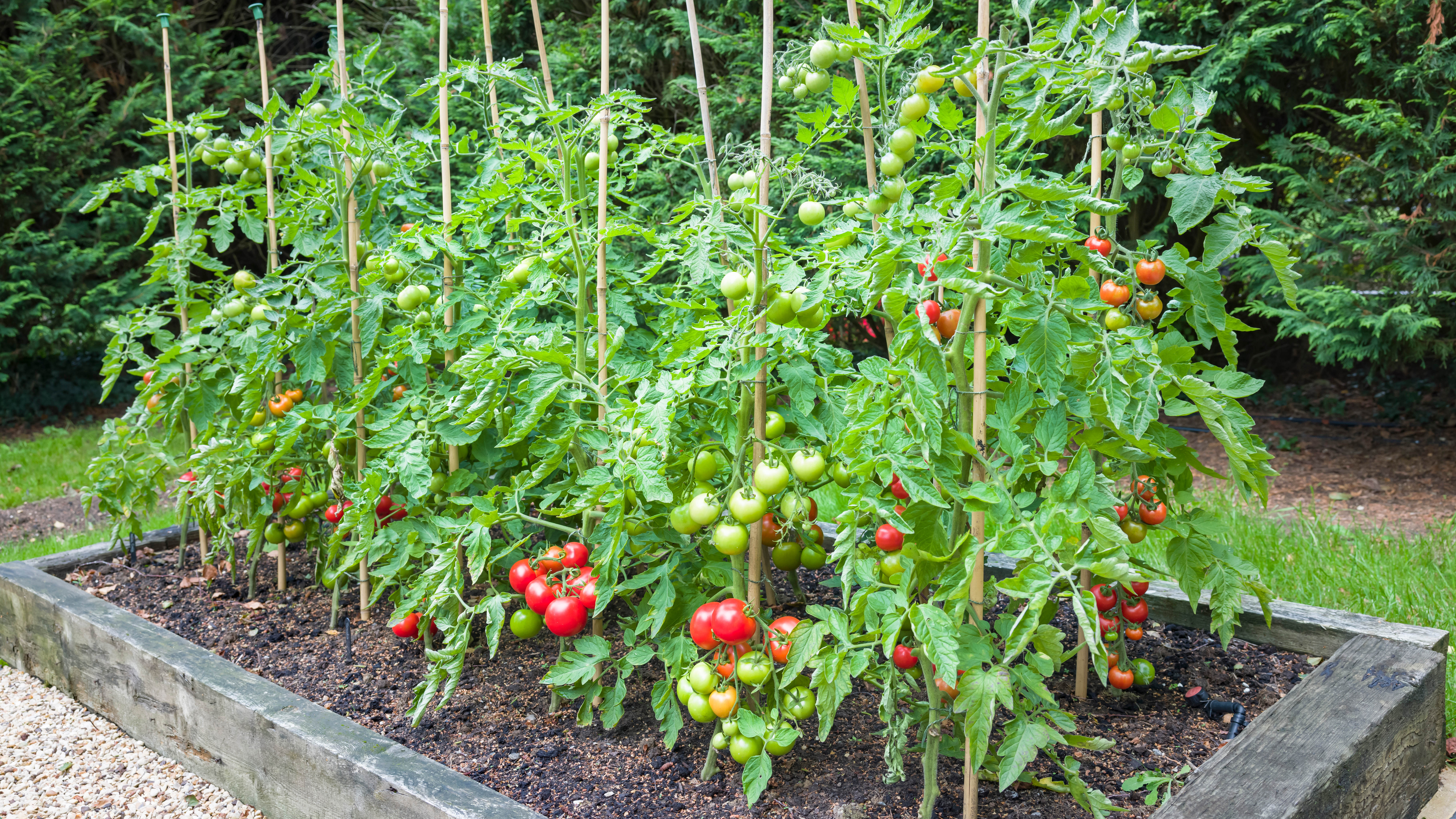
Like any plant that grows tall and leggy, tomato vines require support in order to flourish. These vines can grow up to eight feet in length, but they will trail along the ground if there aren’t stakes, a trellis or other infrastructure to support them. This is bad if you have nearby plants that will be competing for space, but also leaves the plant vulnerable to disease and bacteria that may live on the surface of the soil. Discover the 3 best ways to trellis tomatoes for an abundant crop.
Right after planting, select your support of choice and install it around the planting area. By doing this early, gardeners can ensure that they don’t accidentally damage any roots that have grown under the soil. It is up to individual preference whether to use a cage, trellis or simple stake; cages can be good for shorter varieties of tomato, while a trellis or stake are well-suited for taller plants. Whichever support structure is used, be sure to tie the vine to the support using twine at regular intervals of roughly 10 inches, so that the plant stays upright.
3. Fertilizing with the right nutrients
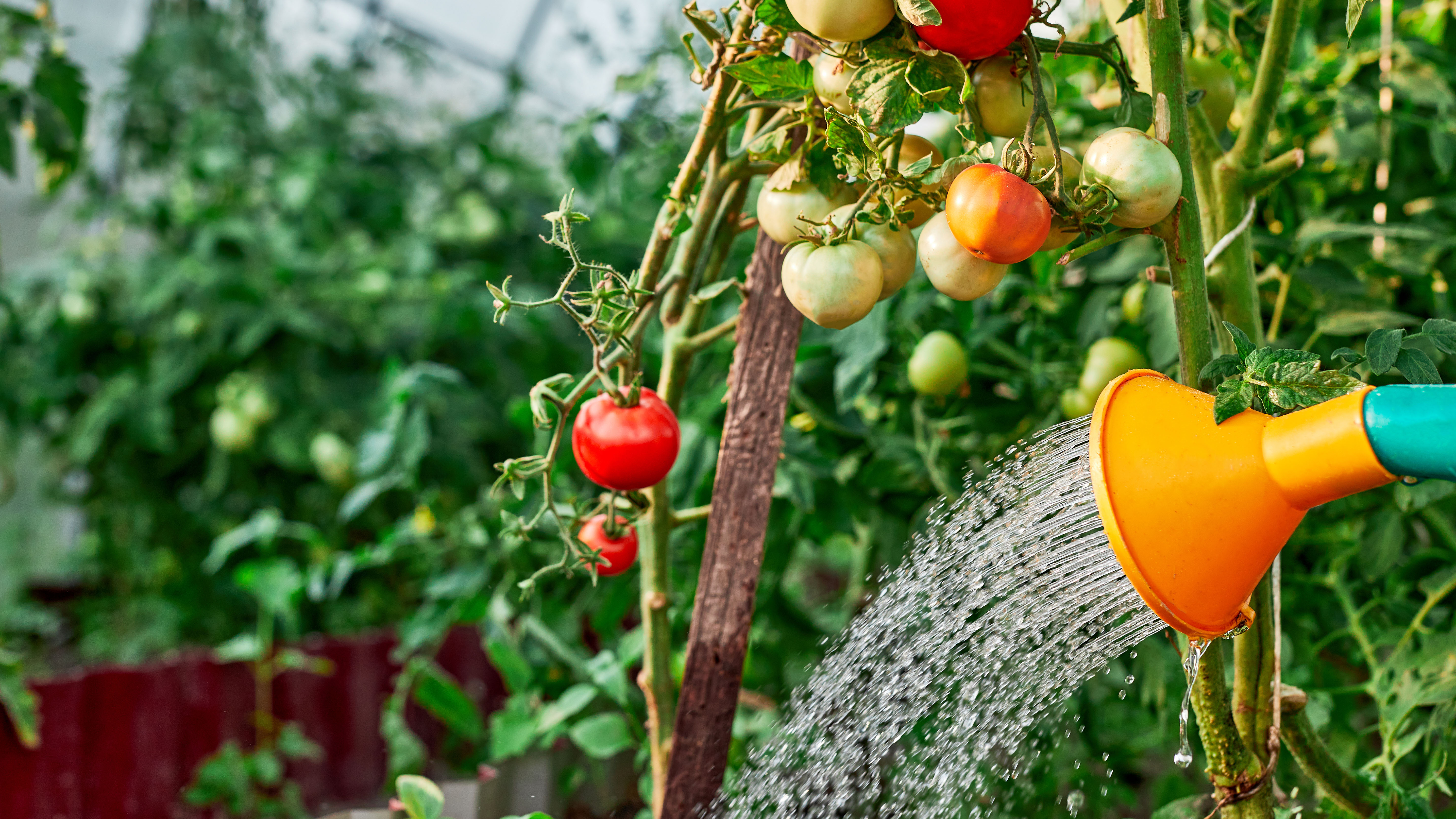
Tomato plants are hungry plants. While the natural conditions of the soil should provide sufficient nutrients for a tomato plant to grow and fruit, you can help the process by improving the quality of the soil and adding fertilizer. More nutrients mean more energy to grow and produce fruit, which will naturally increase the bounty of your harvest. To begin, introduce compost and manure to your plant bed which will create a fertile environment for your plants. Then, supplement with fertilizers throughout the season.
The big three nutrients are known as NPK: Nitrogen, Phosphorus and Potassium. Nitrogen is particularly important for those early growing stages, as it helps the tomato to grow healthy leaves. Phosphorus contributes to root growth, flowering and fruiting, while potassium will keep the vine strong. You will want to provide a mix of all three to ensure the tomato plant has everything it needs to thrive, ideally beginning with a nitrogen-heavy fertilizer and switching to a more potassium-based fertilizer later in the growing stages. This ensures that the plant knows to stop focusing on leaf production and begin blooming.
4. Mulch, mulch, mulch!
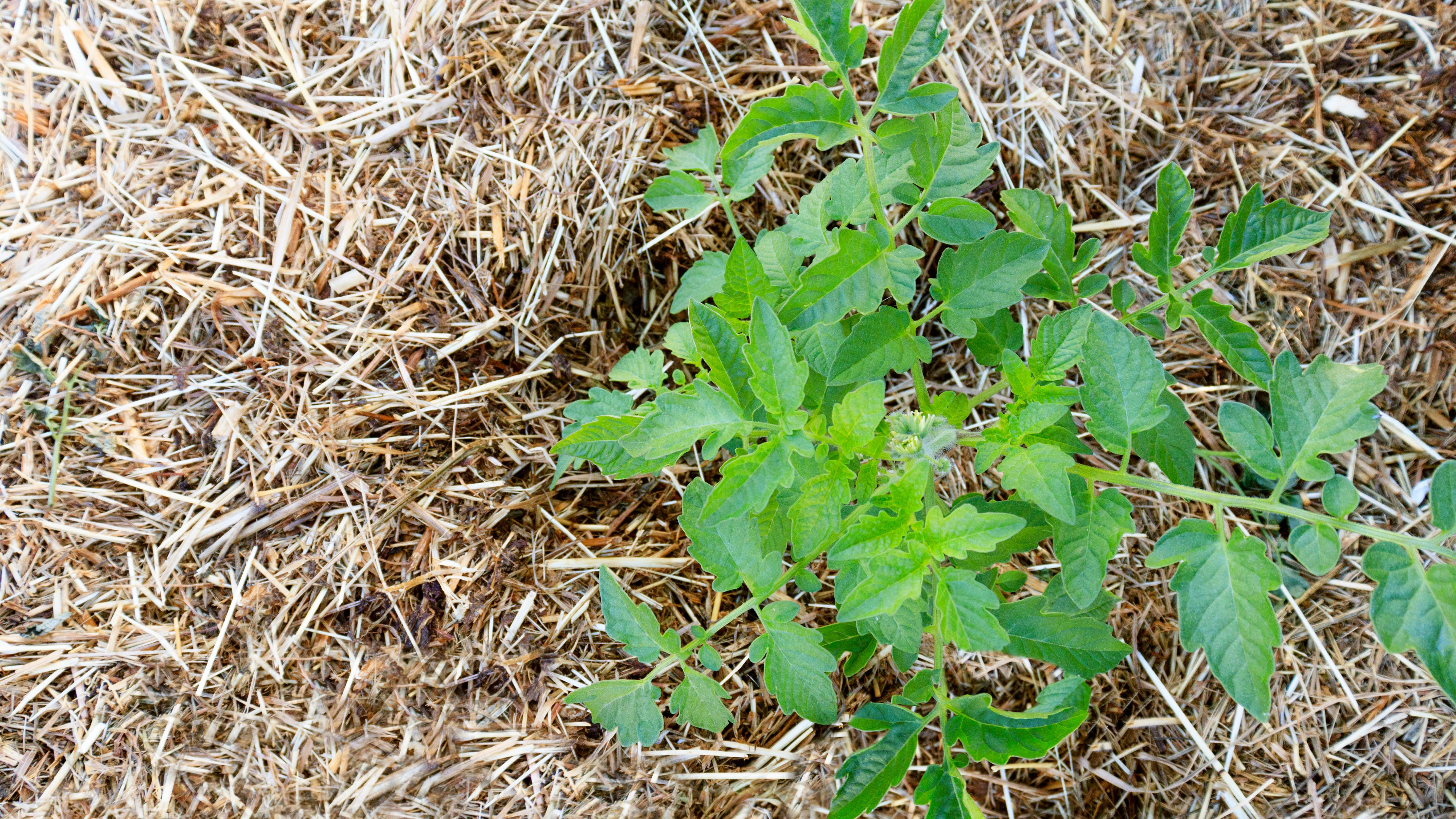
Similar to fertilizing, mulching is about providing your plant with the best growing conditions. By adding a layer of organic mulch around the tomato plants, gardeners can protect the vines from weeds which may compete for water and nutrients. Mulch also creates a useful top layer on the soil that regulates temperature and retains moisture – while looking good too!
Mulch can be bought from a gardening store or made from scratch, using organic matter you may have around: grass clippings, straw, shredded leaves etc. Ideally, it should be introduced right after planting and before watering, for maximum impact. If you mulch too early in the season, you could accidentally help the soil retain a cooler temperature than desired.
5. Prune the lower leaves regularly
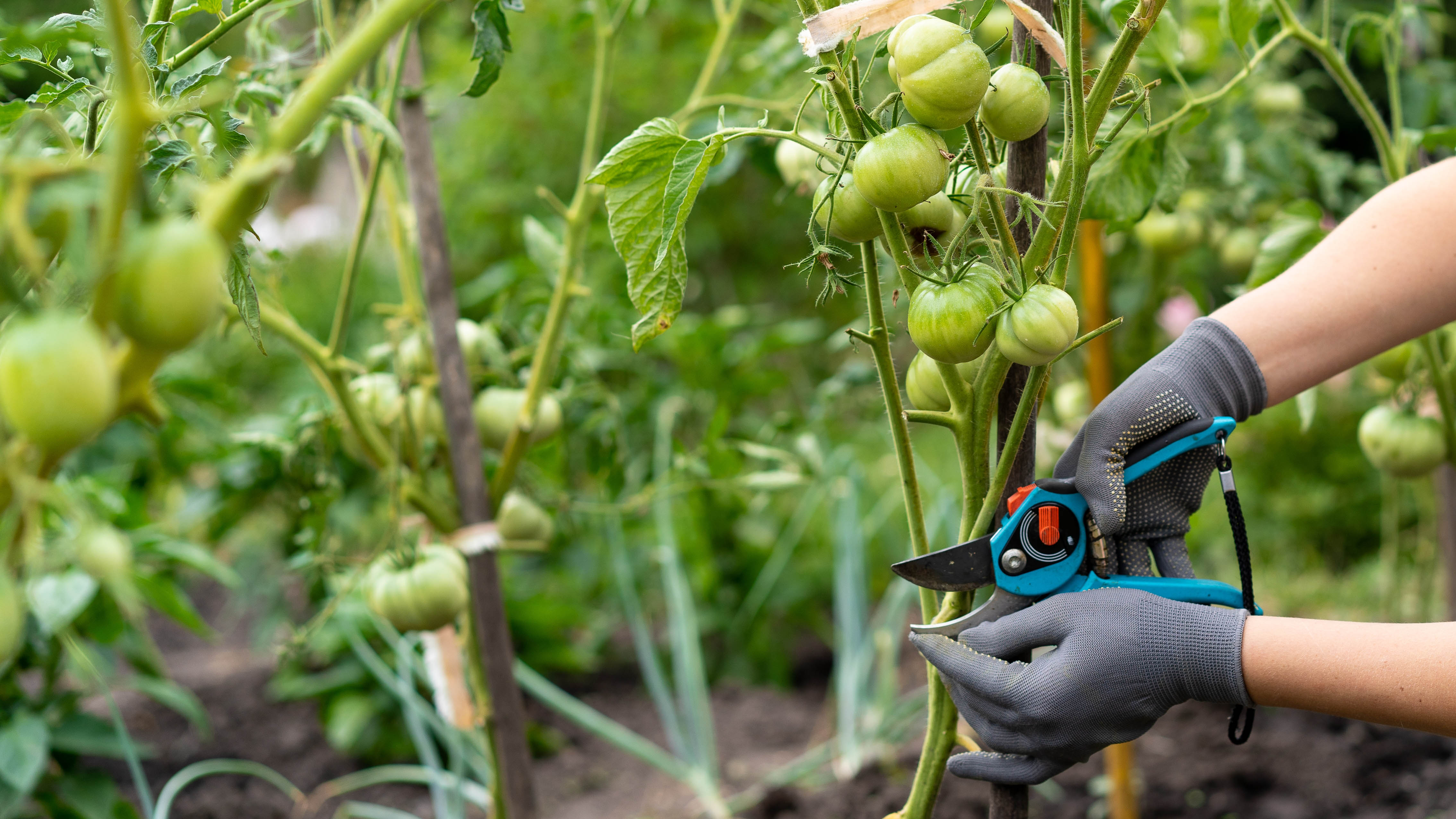
If a gardener has followed all of these steps, they will likely be rewarded with a happily growing tomato plant. Although it may sound counterintuitive, pruning the plant regularly with a pair of the best pruning shears can actually promote growth and ensure overall plant health. This is because lower branches and leaves are easy traps for fungus and bacteria, which may splash onto the plant surfaces when it rains. It’s also important to encourage the tomato plant to put its energy into the most useful directions, like fruiting.
Not all tomato plants require intensive pruning. Determinate tomato plants are so-called because they grow to a certain height and then stop, instead converting their energy into flowering and fruiting. This eliminates the need for much pruning, beyond diseased or damaged leaves. Indeterminate tomato plants, however, will continue to grow tall and sprout new branches unless coached in a different direction.
Prune lower branches to free up energy for fruit growth, while pinching off tomato blossoms can promote root development. Keep an eye out for any suckers that may appear and be sure to remove them, to reduce extra vegetative growth and redirect nutrients to the fruit. And as always, prune away leaves or branches that may look diseased or damaged.
For more guidance, check out how to prune tomato plants in 3 easy steps and 3 ways to tell that your tomatoes are ready to harvest.
Felco 322 Garden Snips: was $21 now $17 @ Amazon
With carbon steel blades, these garden snips, are chromium coated to prevent corrosion. They also feature a sap groove, and round-ended blades to prevent damaging the fruit. The stainless steel spring provides a smooth movement to reduce muscle and hand tension.
6. Assist your tomatoes with self-pollination
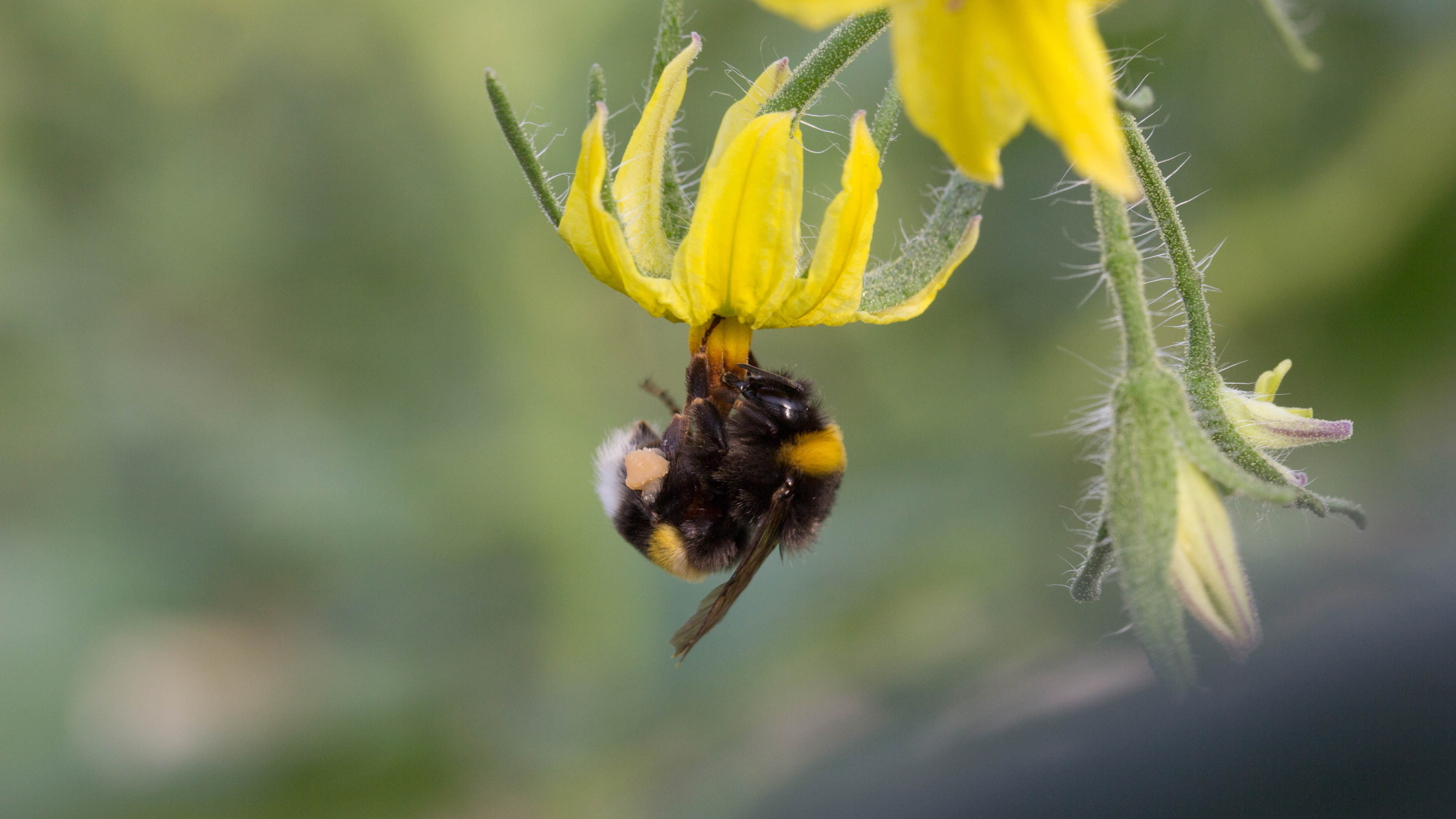
Tomatoes are self-pollinating by nature, which means they just need gentle movement of their flowers to pollinate (as opposed to requiring a second plant.) This is great news for gardeners as a simple breeze can activate pollination, as can visiting insects. Pollination is critical for the plant to flower and therefore grow fruit, so maximizing this step will have a significant effect on the volume of tomato fruits produced.
Self-pollination can be increased in a few different ways. One option is to manually increase the pollination, either by gently shaking the flowers or using something like one of the best electric toothbrushes to mimic air currents and insect vibrations. This is particularly useful if there is high humidity that is making the pollen stick to the male part of the plant, or if the plants are in a greenhouse or otherwise sheltered from natural breezes.
Another option is to promote a welcoming environment for natural pollinators like bees. Reduce the use of unnecessary pesticides that may kill beneficial insects and consider growing companion plants that will attract more pollinators.
7. Pick early and often
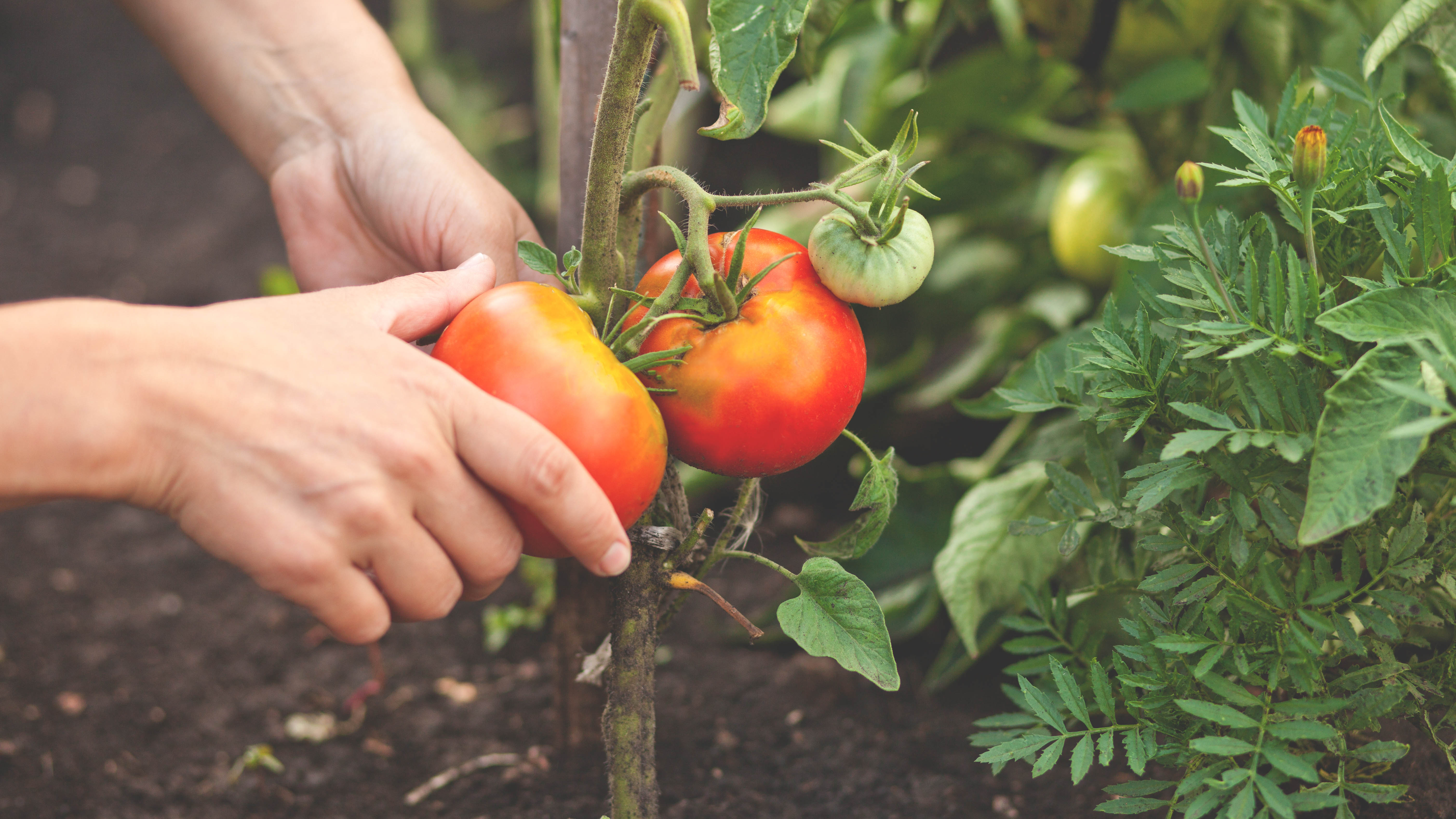
Don’t wait too long to harvest your first tomato, even if it doesn’t yet look as big and red as you’re aiming for. This is because when you pick the fruit from the vine, the plant receives a message that it needs to produce more fruit. By doing this early in the growing season while wearing the best gardening gloves — perhaps when the fruit has only just formed — gardeners can increase the overall production of their vine through the coming months. And these early fruits don’t need to go to waste; keeping the fruit in a warm, sunny spot such as a kitchen window allows them to continue ripening while retaining great flavor.
More from Tom's Guide
Madeleine Streets is a writer and content manager based in New York City. She covers an eclectic mix of lifestyle, technology, finance and health and has been published in Tom's Guide, Women's Wear Daily, SELF, Observer, Footwear News and others. Originally from London, Madeleine has a penchant for tea, baking and moody weather. When she’s not writing, you can find her exploring the city’s bookstores, hunting down new restaurants, fostering cats and cheering on Arsenal FC.
